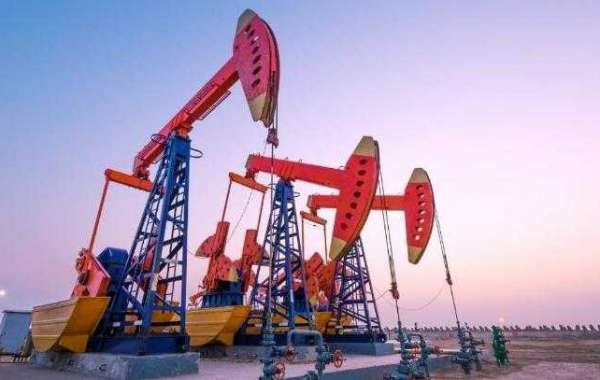The quest for energy often comes at a cost to the environment. Drilling, a crucial step in extracting oil and gas, can leave its mark on the land, water, and air. But not all drilling methods are created equal. Understanding the environmental impact of different drilling techniques is key to minimizing our footprint and ensuring a more sustainable future.
The Traditional Vertical Approach:
Impact: Vertical drilling, the most common method historically, creates a large wellbore footprint. This disrupts the land, requiring significant clearing and potentially impacting sensitive ecosystems. Additionally, drilling fluids used to lubricate the drill bit and remove cuttings can contaminate soil and water sources if not properly managed.
Emerging Techniques with a Lighter Touch:
Horizontal and Directional Drilling: These advanced methods allow for reaching oil and gas deposits from a single well pad, minimizing surface disturbance. This reduces the amount of land cleared and minimizes habitat fragmentation. Furthermore, by precisely navigating underground formations, these methods can access resources that may be inaccessible with vertical drilling, potentially reducing the overall number of wells needed.
Extended Reach Drilling (ERD): This technique drills longitudinal wells that travel far beyond the well pad, further reducing surface disruption. However, ERD can be more complex and expensive compared to horizontal drilling.
Minimizing the Environmental Footprint:
Closed-Loop Drilling Systems: These systems recapture and re-use drilling fluids, minimizing the risk of contamination. This not only protects water resources but also reduces the need for disposal of used fluids.
Minimally Invasive Techniques: These methods utilize smaller rigs and less intrusive equipment, reducing the overall environmental impact on the drilling site.
The Road to a Sustainable Future:
The oil and gas industry is increasingly recognizing the importance of environmental responsibility. Choosing drilling methods with a lower environmental impact is a crucial step towards a more sustainable future. By continuously developing and adopting these advanced techniques, we can ensure that our energy needs are met while minimizing our footprint on the planet.
What You Can Do:
Stay Informed: Educate yourself about the environmental impacts of different drilling methods.
Support Sustainable Practices: Advocate for companies that prioritize environmentally friendly drilling techniques.
Demand Transparency: Encourage oil and gas companies to be open about their drilling practices and their commitment to environmental protection.
By working together, we can ensure that drilling contributes to a more sustainable energy future for generations to come.








